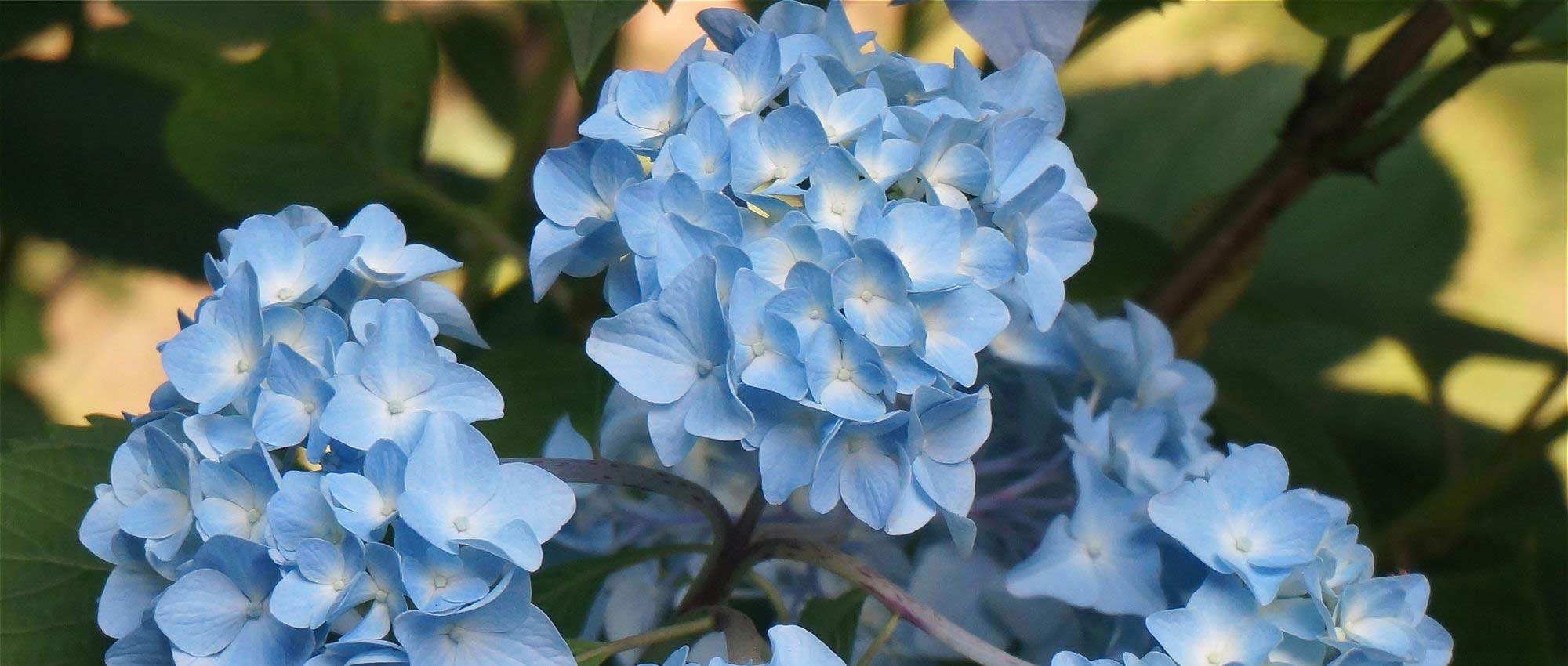
When to prune hydrangeas?
Our tips for acting at the right time
Contents
Hydrangeas are bushes remarkable for their generous summer flowering, which takes the form of large spherical or flat inflorescences, or panicles. To care for them, gardeners generally recommend pruning them each year.
One might wonder what the point is of these repeated prunings… Besides, do they really need pruning? Couldn’t you choose to let them grow naturally, without intervening?
In reality, while it is true that removing the flowers in autumn is facultative, late-winter pruning really promotes abundant flowering and a regular, harmonious silhouette. Pruning your hydrangea is beneficial as it aerates the centre of the clump, allowing air and light to penetrate. Moreover, it removes damaged branches and helps regenerate the bush.
Find out in this fact sheet when to prune hydrangeas, depending on your bush and the region where you live!
General calendar
In autumn (October–November), once flowering has finished, you can remove faded flowers, and take the opportunity to remove dead or damaged branches. This autumn pruning is optional, being primarily aesthetic. However, avoid severe pruning at this time of year, as it would weaken the bush just before winter, making it more susceptible to cold.
Most important pruning is done in late winter – early spring, around March. This pruning aims to give the bush a harmonious shape, encourage growth of new vigorous branches, and promote good flowering.
For Hydrangea macrophylla, carry out light pruning each year in early spring, as soon as new leaves begin to appear. Every other year, you can also cut back some of the oldest branches more severely to rejuvenate the bush.
Hydrangea paniculata needs severe pruning in late winter–early spring. However, if you forget to prune it at the right time, it can tolerate pruning at any time of year.
Hydrangea arborescens also requires severe pruning, cutting it back to about 30–40 cm from soil. Again, the best time to prune is early spring. However, it tolerates being pruned throughout winter, between November and March.
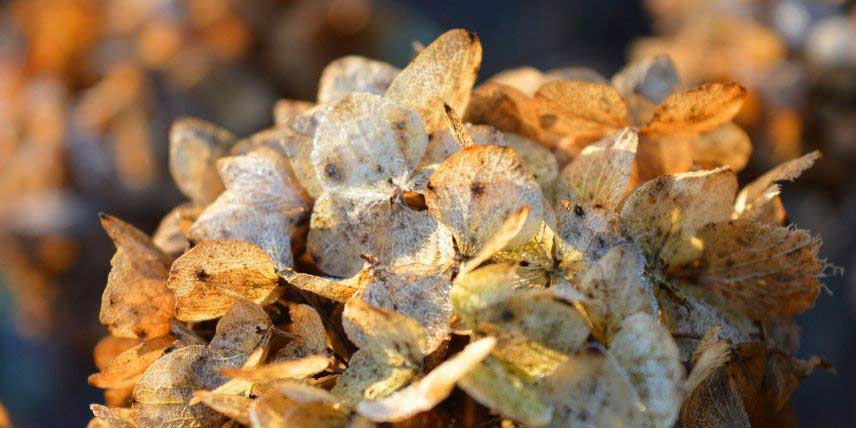
In autumn, you can remove faded flowers from your hydrangeas
Read also
Hydrangeas: how to choose them?Adapt pruning periods according to region
Pruning period also depends on your region. If you live in a cold region, avoid autumn pruning! It is preferable to leave faded flowers on the bush over winter, as they protect buds from cold. Conversely, if you live in a mild climate, you can prune in autumn without problem.
In regions with little frost, autumn pruning can be later (as late as November–December), and late‑winter pruning earlier. In all cases, rely on plant phenology: you can cut faded flowers as soon as you see them in autumn and, at late winter–early spring, prune as soon as growth restarts, when new leaves are just beginning to appear.
Finally, consult our phenological indicators advice sheet.
Discover other Hydrangeas
View all →Available in 1 sizes
Available in 1 sizes
Available in 1 sizes
Available in 1 sizes
Available in 1 sizes
Available in 1 sizes
Available in 1 sizes
Available in 2 sizes
Available in 2 sizes
Available in 2 sizes
Take bush age into account
Your hydrangea’s age also determines pruning frequency! During the first years, you can let your hydrangea grow, without intervening too much. Then, when it is mature, carry out more substantial pruning. If your bush is old, carry out a severe pruning every four years, cutting back branches close to ground level (in other years, prune more lightly). This will regenerate it, encouraging growth of new vigorous branches.
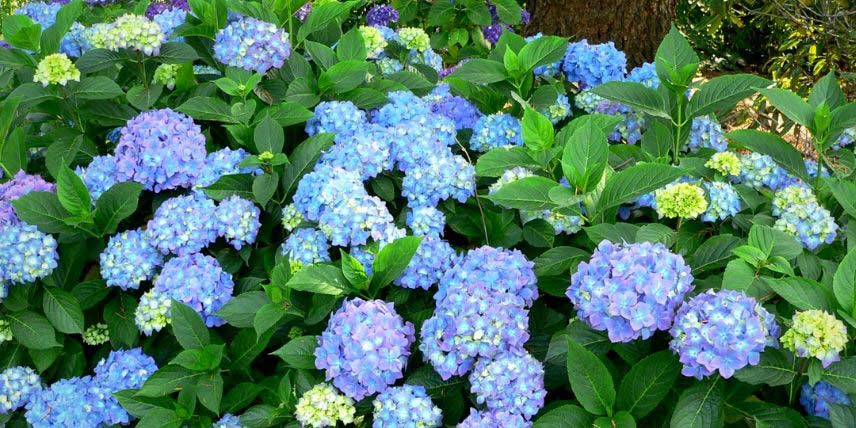
Hydrangea macrophylla ‘Blauer Prinz’ (photo Stan Shebs)
- Subscribe!
- Contents
































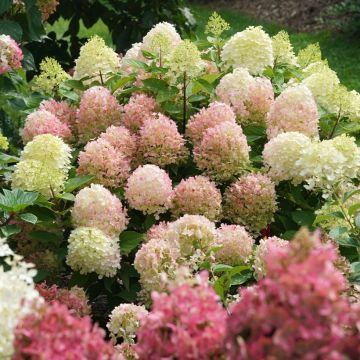
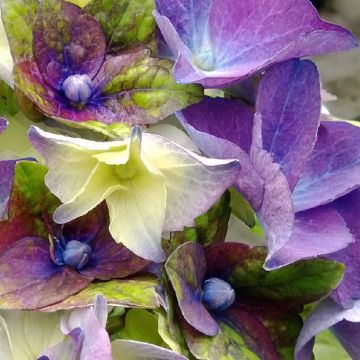
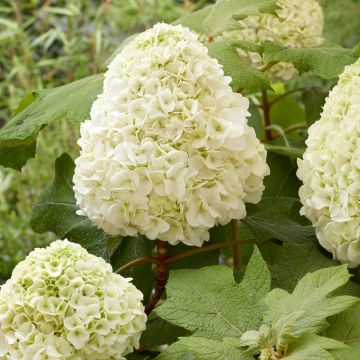


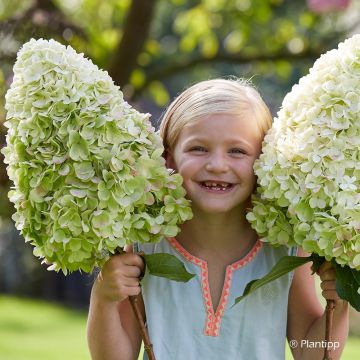
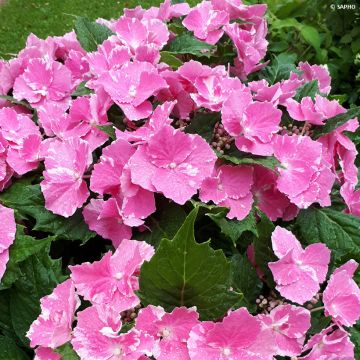
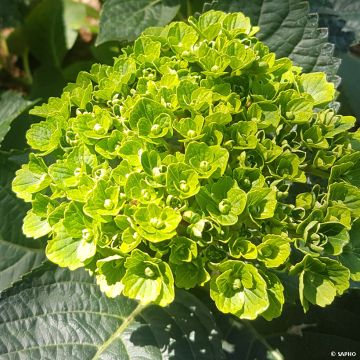
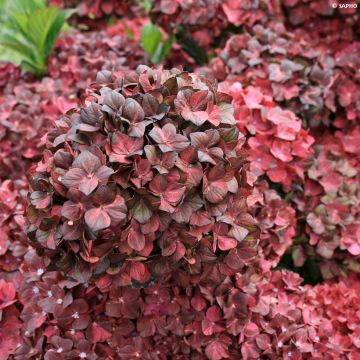
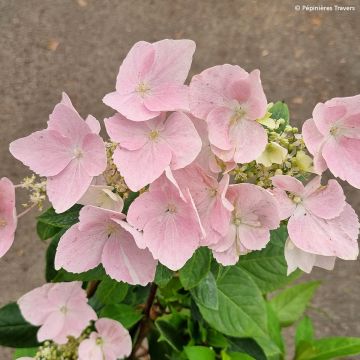
Comments